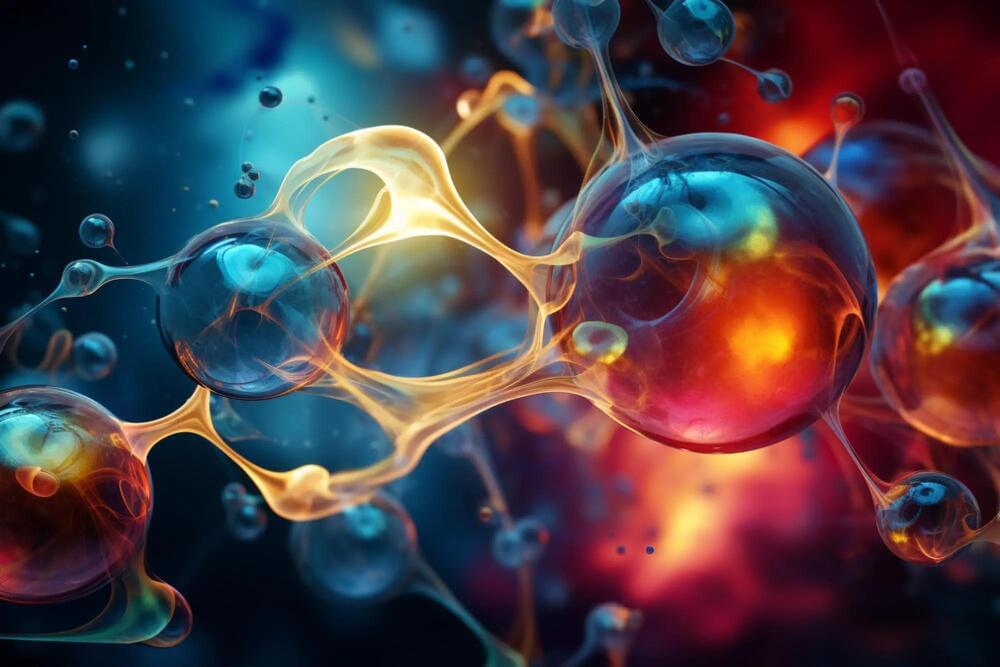Sep 1, 2023
Discovering enhanced lattice dynamics in a single-layered hybrid perovskite
Posted by Saúl Morales Rodriguéz in categories: chemistry, engineering, physics
Layered hybrid perovskites show diverse physical properties and exceptional functionality; however, from a materials science viewpoint, the co-existence of lattice order and structural disorder can hinder the understanding of such materials. Lattice dynamics can be affected by dimensional engineering of inorganic frameworks and interactions with molecular moieties in a process that remains unknown.
To address this problem, Zhuquan Zhang and a team of scientists in chemistry and physics at the University of Pennsylvania, University of Texas, Austin, and the Massachusetts Institute of Technology, U.S., used a combination of spontaneous Raman scattering, terahertz spectroscopy and molecular dynamics simulations.
The research outcomes revealed how the structural dynamics in and out of equilibrium provided unexpected observables to differentiate single-and double-layered perovskites. The study is published in Science Advances.


















